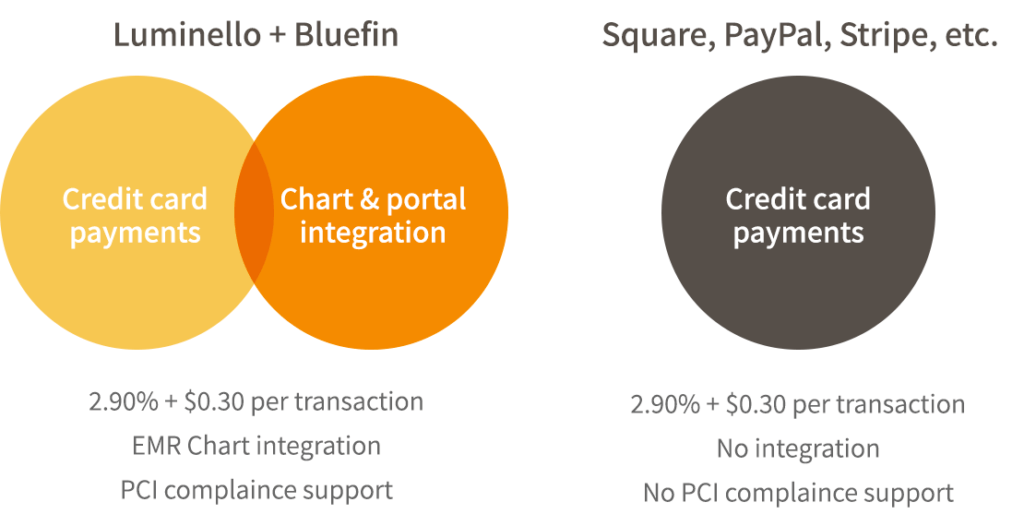Rapport is the bedrock of good treatment. But what happens when clients you have developed good rapport with begin to show signs that issues they are facing are beyond your scope of practice? If your instinct is to refer out, what should you do if a client refuses to work with anyone else but you? This is an ethical dilemma that many practitioners have to face at some point in their career.
It is not uncommon for practitioners to consider that the client receiving some form of treatment is better than no treatment; this mindset, however, can lead to ethical and liability concerns. While we cannot dictate whether or not a client is willing to seek other care, practitioners’ ethical standards are clear that healthcare professionals have a responsibility to provide care that is within the scope of their training, expertise, and licensure. Continuing to treat clients when it becomes clear that their needs extend beyond your capability conflicts with the following ethical principles.
- Beneficence: This principle emphasizes the obligation of healthcare providers to act in the best interests of their patients. Providing care without proper training limits the chance of effective treatment.
- Non-maleficence: This principle stems from the famous Hippocratic Oath of “do no harm.” When treating patients without the appropriate expertise, there is a potential you may exacerbate symptoms or cause harm.
- Autonomy: Patients have the right to make informed decisions about their care. It may be difficult for patients to fully understand the risk they are taking by having treatment done by a practitioner that is untrained. This ethical principle ensures clients can choose whether or not they are willing to be referred out or end treatment altogether.
- Justice: Providing care within one’s competence ensures that patients receive appropriate and equitable treatment based on their needs.
Identifying When Referral Is Necessary
While the ethics around competent care are clear, when to enact them can be much more complicated. In the mental health field “within scope” and “out of scope” are not always as easy to distinguish as they are in other medical professions. While dermatologists may find it easy to identify they are unable to treat a heart condition, this level of simplicity is less common within the mental health realm. There are some steps that can assist in clarifying when referring out is a necessity.
Know your Strengths and Limitations:
While many practitioners are generalists to a certain degree, it continues to be important that we have a clear concept of our scope. Scope is traditionally established by reviewing diagnoses and modalities you have received formal education in. Experience also plays an important role; while we may have training in an expertise, if we have limited experience, we may not be able to take on high needs’ cases in the beginning.
Get Consultation from an Expert:
When practitioners first notice that the patient’s presenting concerns may be beyond their scope, it is wise to consult a colleague with expertise. Your colleague may have increased insight if specialized protocol is necessary, if additional training would be enough, or if referral out is the only option.
Best Practices for Referring Out
If it becomes clear that a referral is the necessary step for ethical care, there are steps we can take to improve the chances of patients being receptive. These steps revolve around transparency and communication.
Explain your Rationale:
The rules and procedures regarding scope and best practice can be mystifying to most. When practitioners have to make the difficult decision to end treatment and refer out, it is beneficial to explain to your patient why. When we explain that referring out is being done for the client’s benefit and safety, it is often better received.
Make Room for the Client’s Concerns:
One of the most important things we can provide to clients in this situation is room for them to express their concerns. If a client is unwilling to work with any other provider, it is important to understand why. In my experience, most clients in this position have fear about what treatment with other providers might entail. As practitioners, we may be able to provide psycho-education on expanding their treatment team or on transferring them to another provider to ease concerns they have. With clients who state they may have difficulty trusting another provider, we can take special care to refer them to a colleague we feel confident would be a good fit.
Give Options:
When referring out, we have several obligations, and one is to provide clients with adequate referrals. Most providers give clients at least three referral options and take into consideration the clients’ location, accessibility, and financial/insurance limitations.
Find Wrap Around Care:
It is not necessary in all situations for practitioners to end treatment the moment concerns about scope of care arise. For instance, a client may be experiencing depression that is primarily involving their intimate partnership. While we may need to refer a patient to a couples’ counselor to address the presenting concern, we may be able to continue to provide individual support and sessions.
References:
- Olejarczyk, J. P., & Young, M. (2022, November 28). Patient Rights and Ethics. National Library of Medicine; StatPearls Publishing. https://www.ncbi.nlm.nih.gov/books/NBK538279/
- DeAngelis, T. (2018, May). What should you do if a case is outside your skill set? Https://Www.apa.org. https://www.apa.org/monitor/2018/05/ce-corner


